- DroidAfrica
- Samsung
- Samsung Galaxy S10 Exynos
Samsung Galaxy S10 Exynos
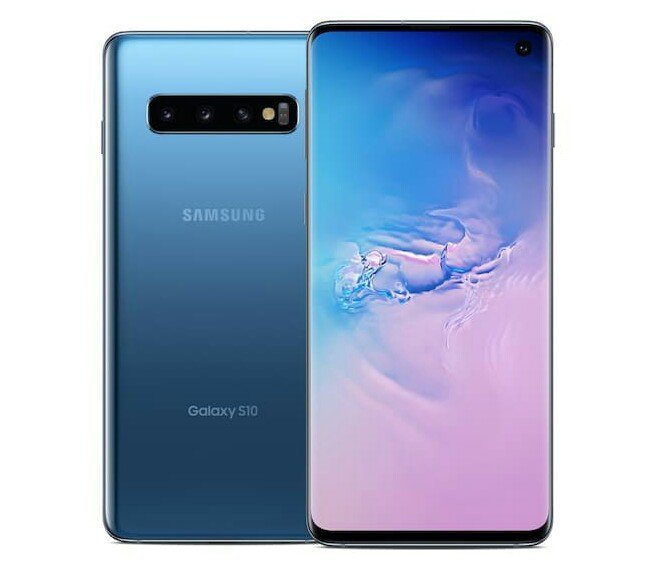
Samsung Galaxy S10 Exynos Highlights and Overview
The S10 Exynos is the latest smartphone from Samsung under it Galaxy S-series. And as you would expect, the device comes with some of the best specification and features you could expect in a 2019 smartphone. For starters, the Galaxy S10 comes in a 6.1-inch quad-HD+ with 1440 x 3040 pixels resolution. It uses Infinity-O screen, which allows the front camera hole within the top of the screen, enabling the device to archive an impressive 88.3% screen-to-body ratio.
Powering the device is an 8nm Exynos 9820 Octa-core processor clocked at 2.73 GHz, along with Mali-G76 MP12 GPU. The Galaxy S10 has 8GB of RAM and 128/256 GB internal storage, expandable up 1TB via microSD card. The device comes with 3 camera sensors at the back; (12 + 12 + 16-megapixel sensors), and a single 10-megapixel selfie camera upfront. (Full camera features in the table below).
The Samsung Galaxy S10 is built into a premium glass body with metal frames. The device measures at 149.9 x 70.4 x 7.8 mm, and weighs just at 157 grams. It is IP68 certified for water and dust resistance, and available in either a single or dual SIM models with support for global LTE network.
You are also getting an in-screen fingerprint scanner, USB Type-C, Bluetooth 5.0, 3400mAh battery and Android 9.0 Pie underneath Samsung OneUI. Other key specifications and silent features of the Samsung Galaxy S10 are detailed in the specification table below.
Samsung Galaxy S10 Exynos Full Specifications and Features
NETWORK
| Technology | GSM / CDMA / HSPA / EVDO / LTE |
| 2G Network Bands | GSM 850 / 900 / 1800 / 1900 - SIM 1 & SIM 2 (dual-SIM model only) |
| 3G Network Bands | HSDPA 850 / 900 / 1700(AWS) / 1900 / 2100 |
| 4G Network Bands | LTE band 1(2100), 2(1900), 3(1800), 4(1700/2100), 5(850), 7(2600), 8(900), 12(700), 13(700), 17(700), 18(800), 19(800), 20(800), 25(1900), 26(850), 28(700), 32(1500), 38(2600), 39(1900), 40(2300), 41(2500), 66(1700/2100) |
| Speed | HSPA 42.2/5.76 Mbps, LTE-A (6CA) Cat18 1200/200 Mbps |
LAUNCH
| Also Known As |
- - |
BODY
| Dimensions | 149.9 x 70.4 x 7.8 mm (5.90 x 2.77 x 0.31 in) |
| Weight | 157 g (5.54 oz) |
| Build | Front/Back glass, aluminum frame |
| SIM Type | Single SIM (Nano-SIM) or Hybrid Dual SIM (Nano-SIM, dual stand-by) |
DISPLAY
| Display Type | Dynamic AMOLED capacitive touchscreen, 16M colors |
| Size | 6.1 inches, 93.2 cm2 (~88.3% screen-to-body ratio) |
| Resolution | 1440 x 3040 pixels, 19:9 ratio (~550 ppi density) |
PLATFORM
| Operating System | Android 9.0 (Pie); One UI |
| Chipset | Samsung Exynos 9820 Octa (8 nm) |
| CPU | Octa-core (2x2.73 GHz Mongoose M4 & 2x2.31 GHz Cortex-A75 & 4x1.95 GHz Cortex-A55) |
| GPU | Mali-G76 MP12 |
MEMORY
| RAM + ROM | 8 GB |
| Card Slot | microSD, up to 1 TB (uses shared SIM slot) - dual SIM model only |
MAIN CAMERA
| Camera Type | Triple Lenses |
| Camera Sensor(s) | 12 + 12 + 16 megapixel |
| Camera Features |
Autofocus Continuous shooting Digital zoom Optical image stabilization Geotagging Panorama HDR Touch focus Face detection White balance settings ISO settings Exposure compensation Self-timer Scene mode Sensor size - 1/2.55" Pixel size - 1.4 μm Phase detection with Dual Pixel Object tracking AF Dual OIS High CRI LED flash Focal length (35 mm equivalent) - 26 mm Angle of view - 77° |
| Video Resolution | 2160p@60fps, 1080p@240fps, 720p@960fps, HDR, dual-video rec. |
SELFIE CAMERA
| Camera Type | Single Lens |
| Camera Sensor(s) | 10-megapixel |
| Camera Features |
Pixel size - 1.22 μm Phase detection with Dual Pixel Auto HDR Focal length (35 mm equivalent) - 25 mm Angle of view - 80° |
| Video Resolution | 2160p@30fps, 1080p@30fps |
SOUND
| Loudspeaker | Yes |
| Speaker Location | Yes, with stereo speakers |
| Audio Jack Type | Yes, 3.5mm audio jack |
CONNECTIVITY
| Bluetooth | Bluetooth 5.0, A2DP, LE, aptX |
| NFC | |
| GPS | Yes |
| FM Radio | No |
BATTERY
| Battery Capacity | Non-removable Li-Ion 3400 mAh battery |
| Wireless Charging | Fast wireless charging 15W |
| Talk Time Talk Time is the longest time that a single battery charge will last when you are constantly talking on the phone under perfect conditions, Ambient temperature and highly dependent on the cellular network environment such as the distance to the closest cell network tower. | Up to 28 hours |
| Stand-by | Up to 550 hours |
OTHER FEATURES
| Sensors | Fingerprint (side-mounted), accelerometer, proximity, compass |
| Box Contents | Charging Brick / USB cable |
Samsung Galaxy S10 Exynos User Reviews and Opinions
Disclaimer Note
This specification was entered manually, hence we CANNOT guarantee 100% accuracy. Any error? Let us know in the comment section.







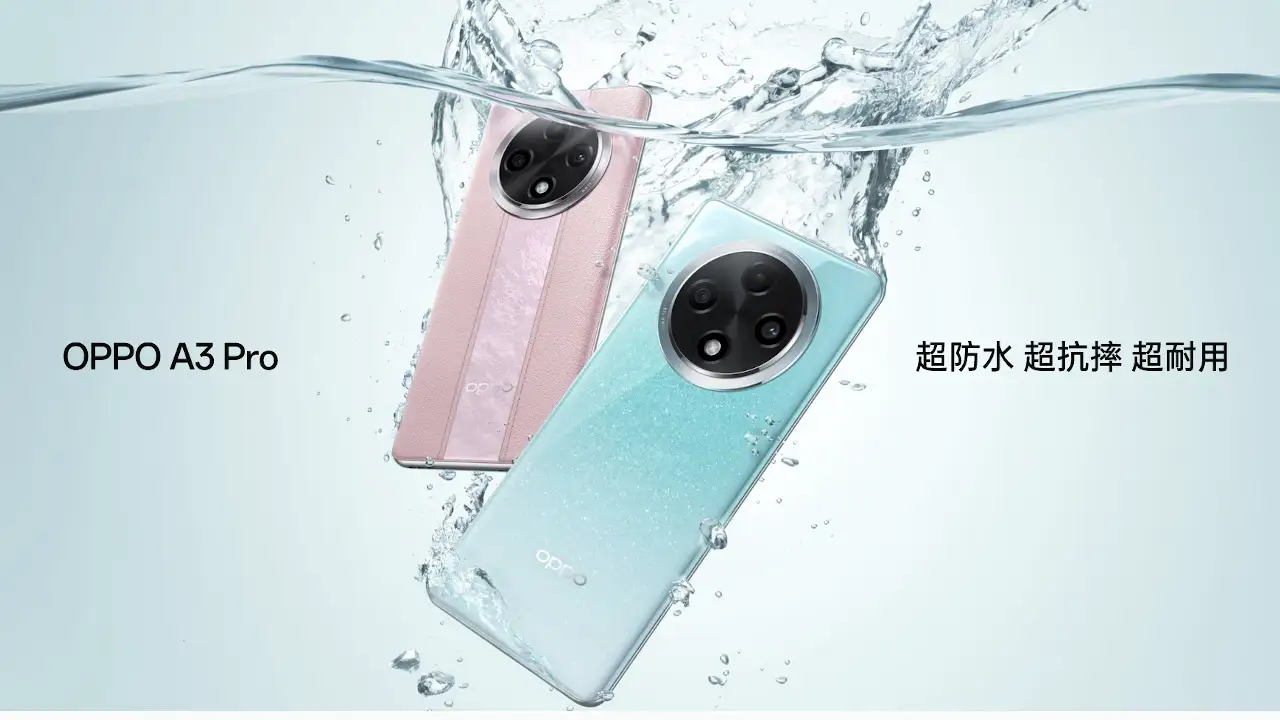

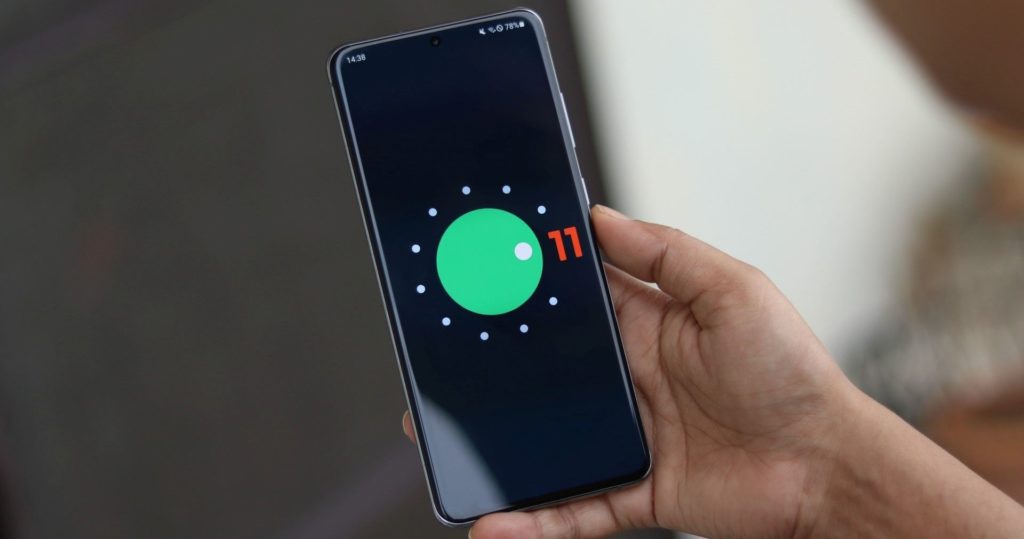
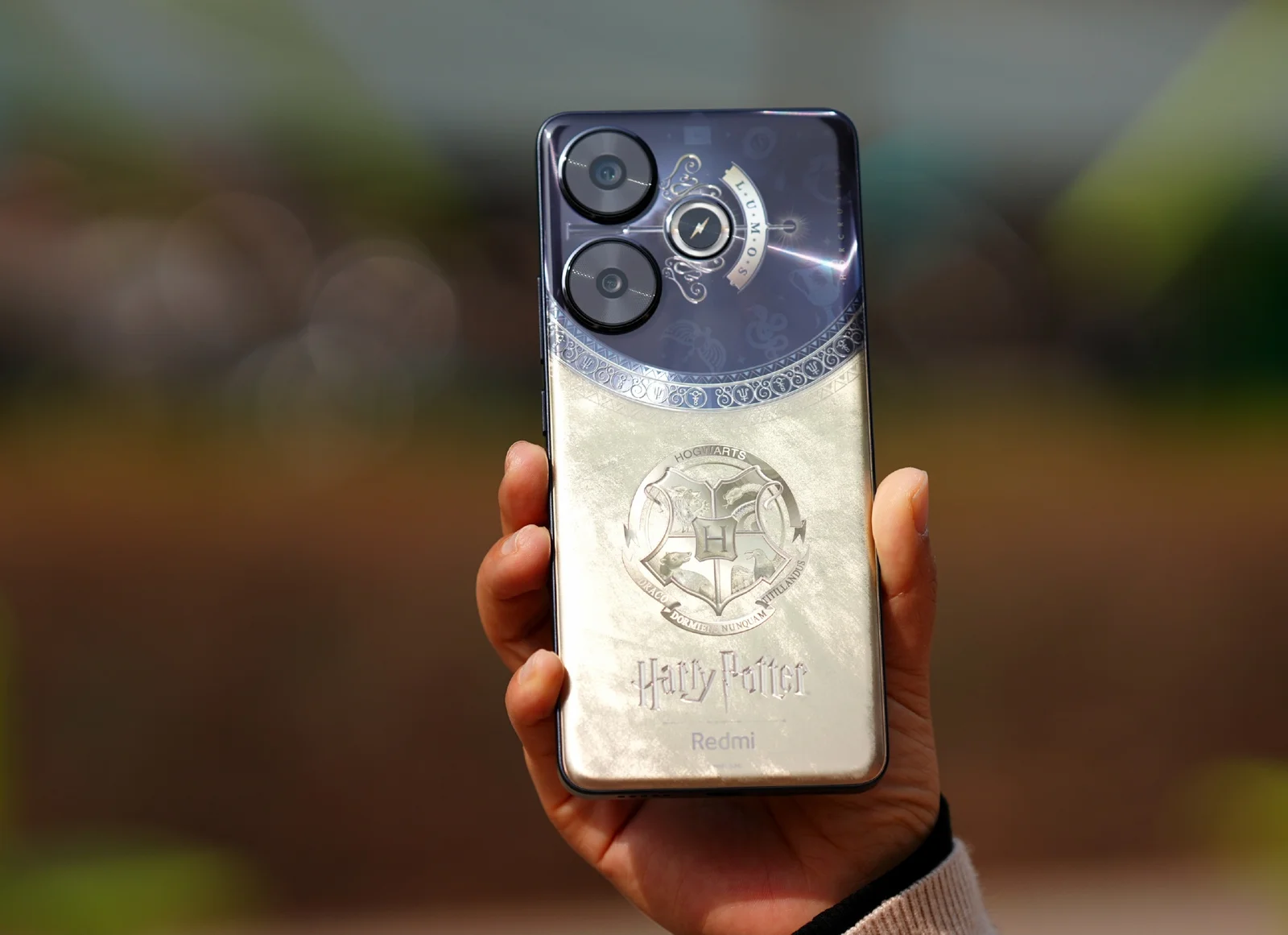
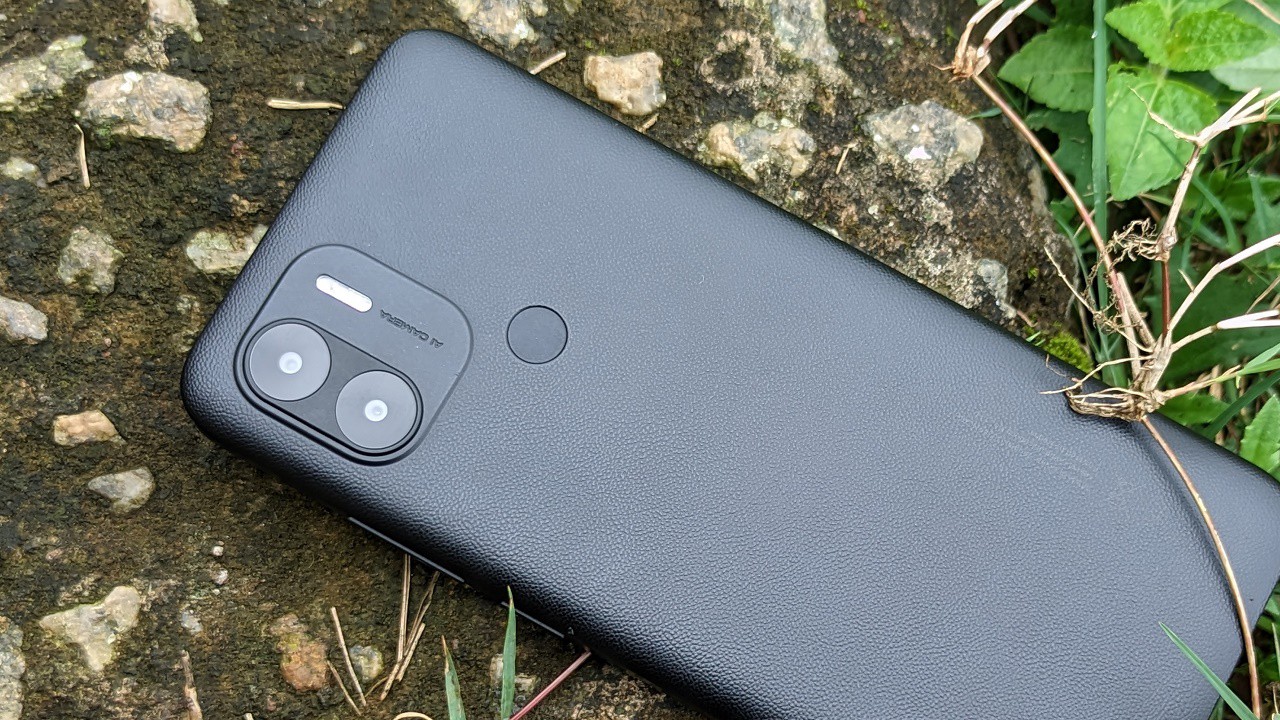
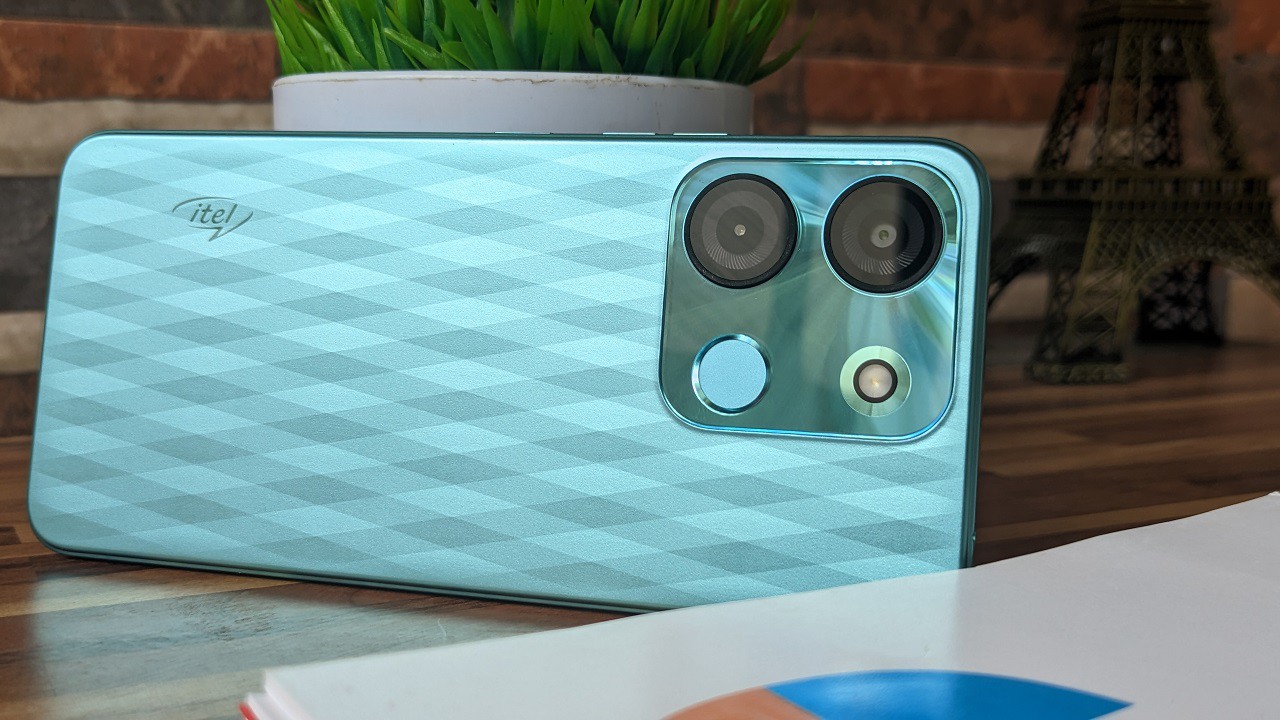
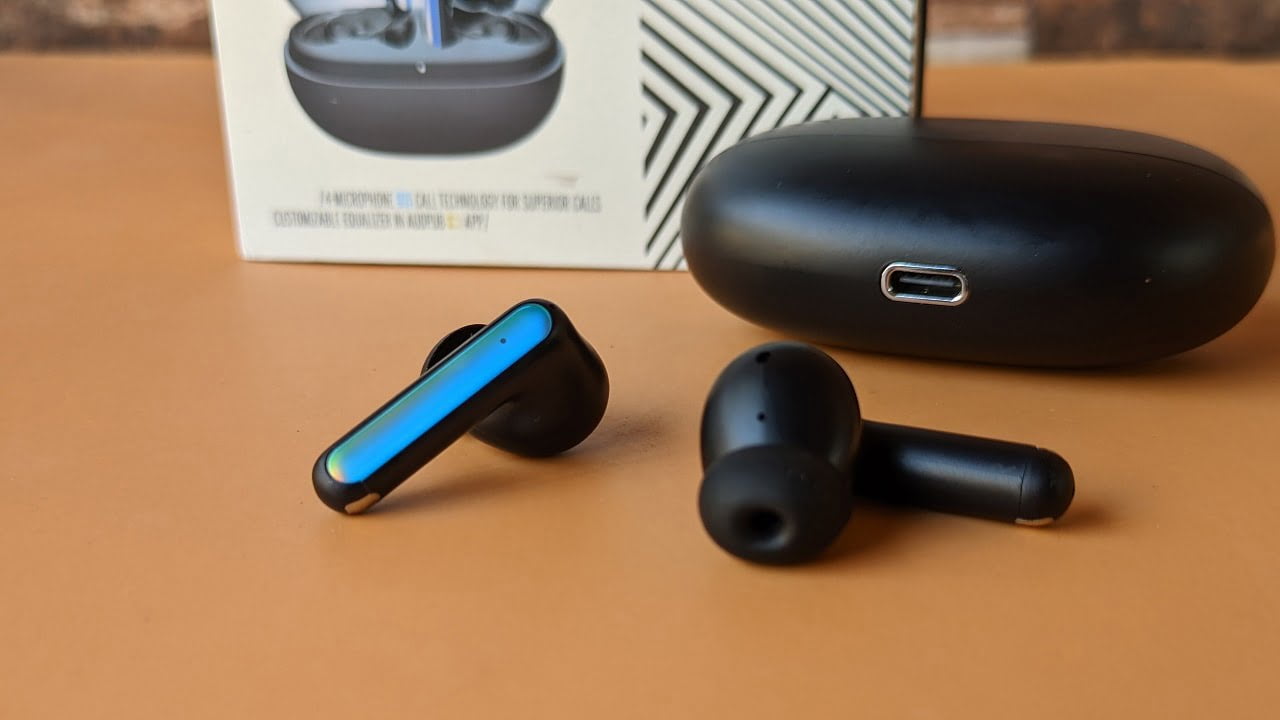
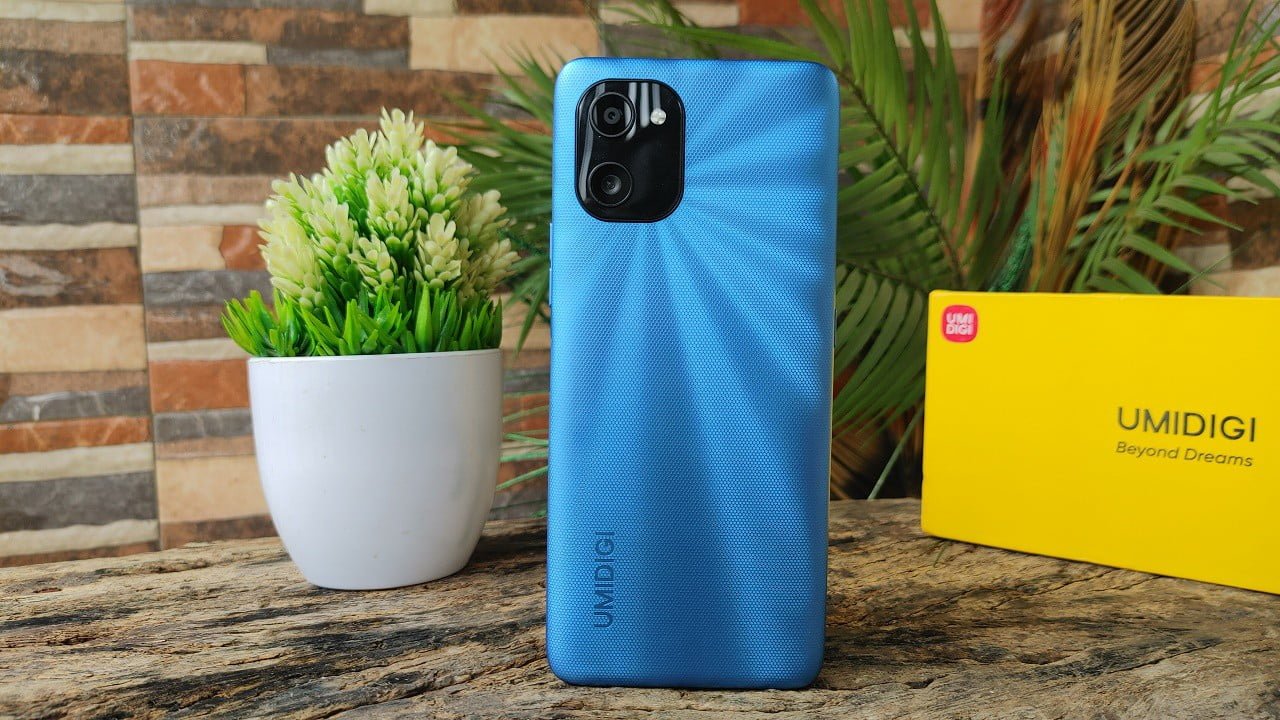
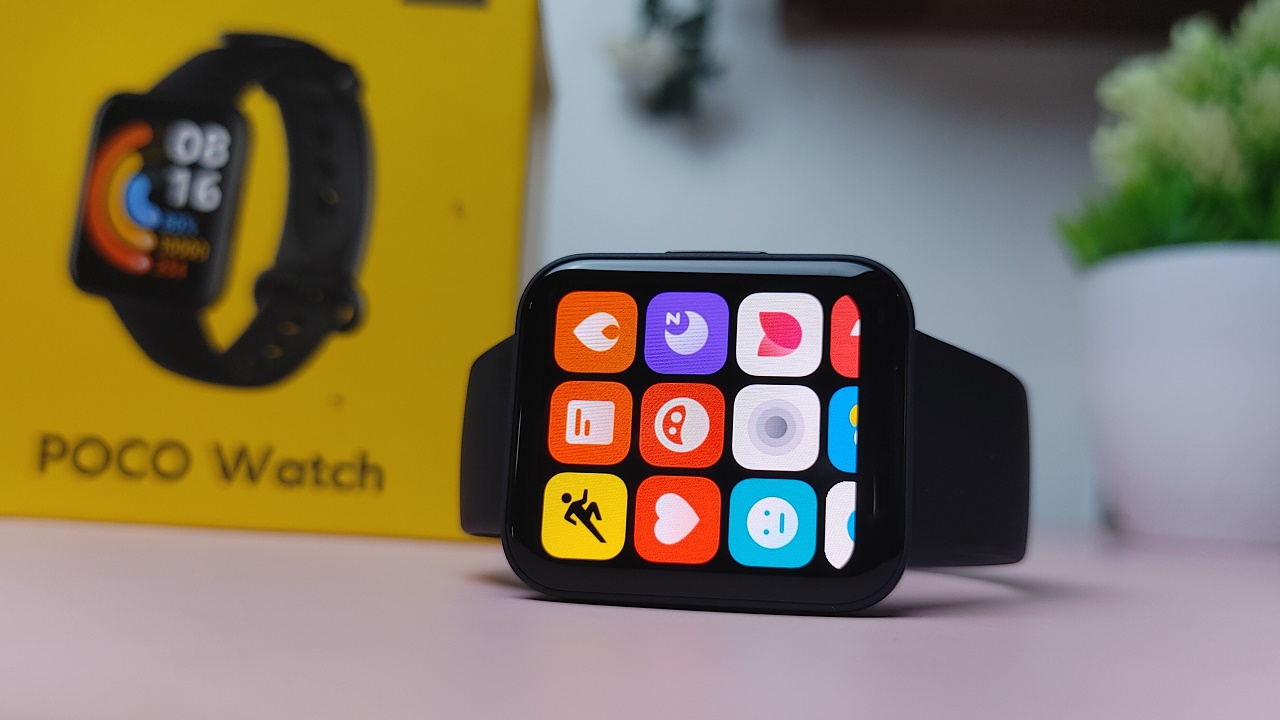
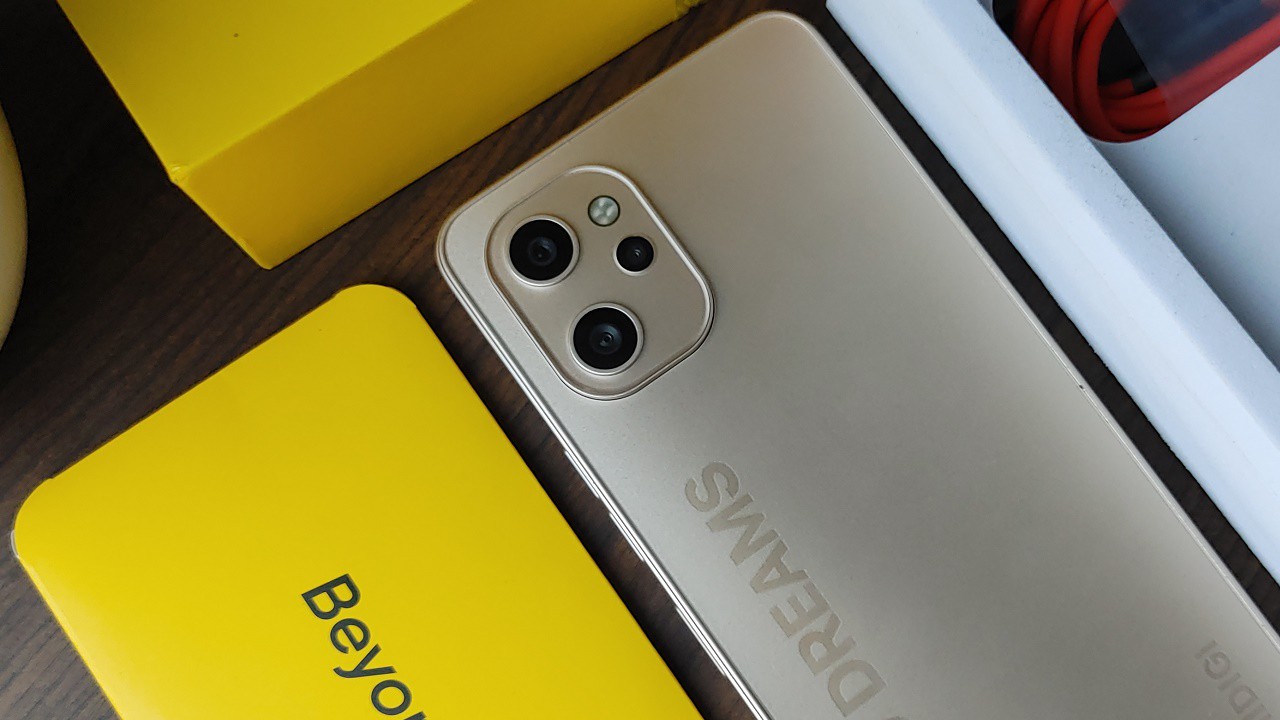
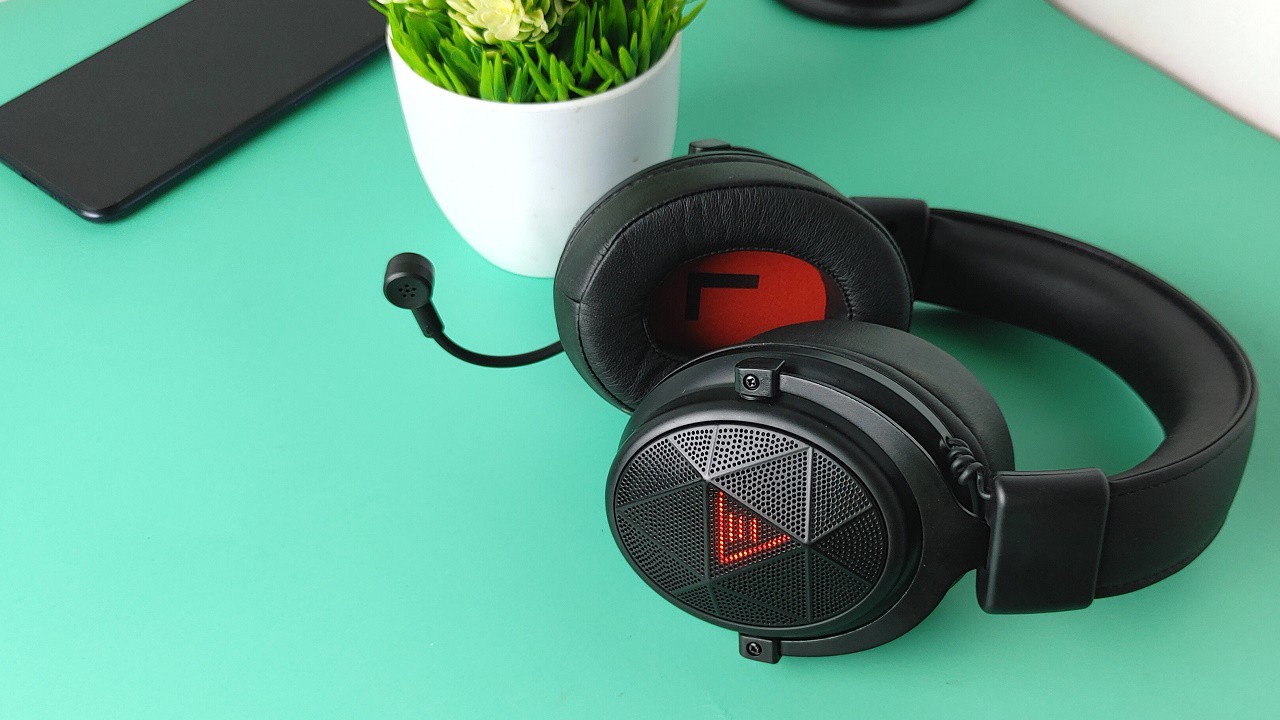
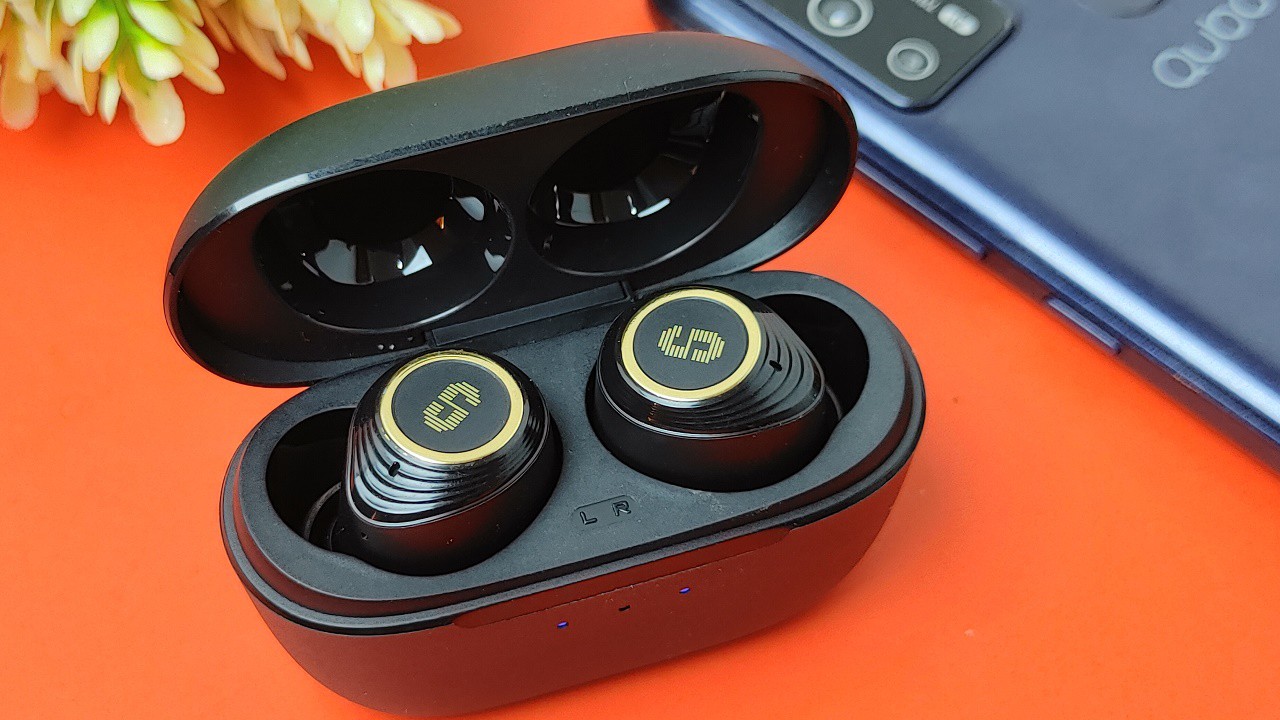
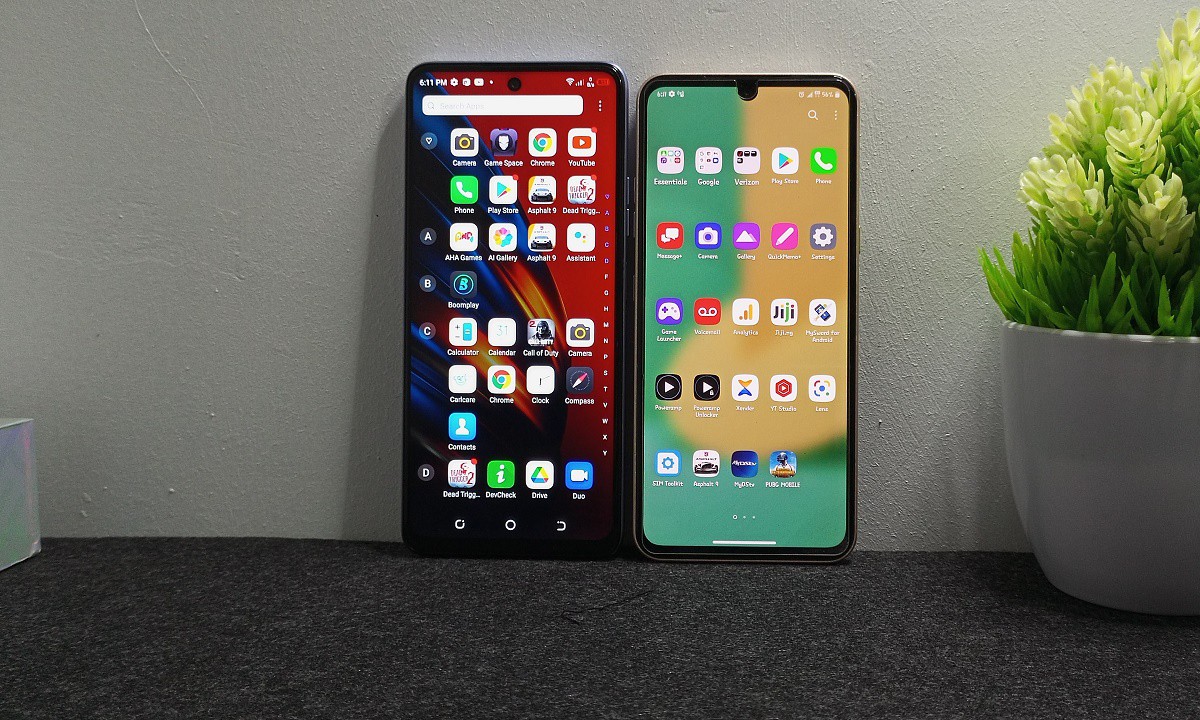

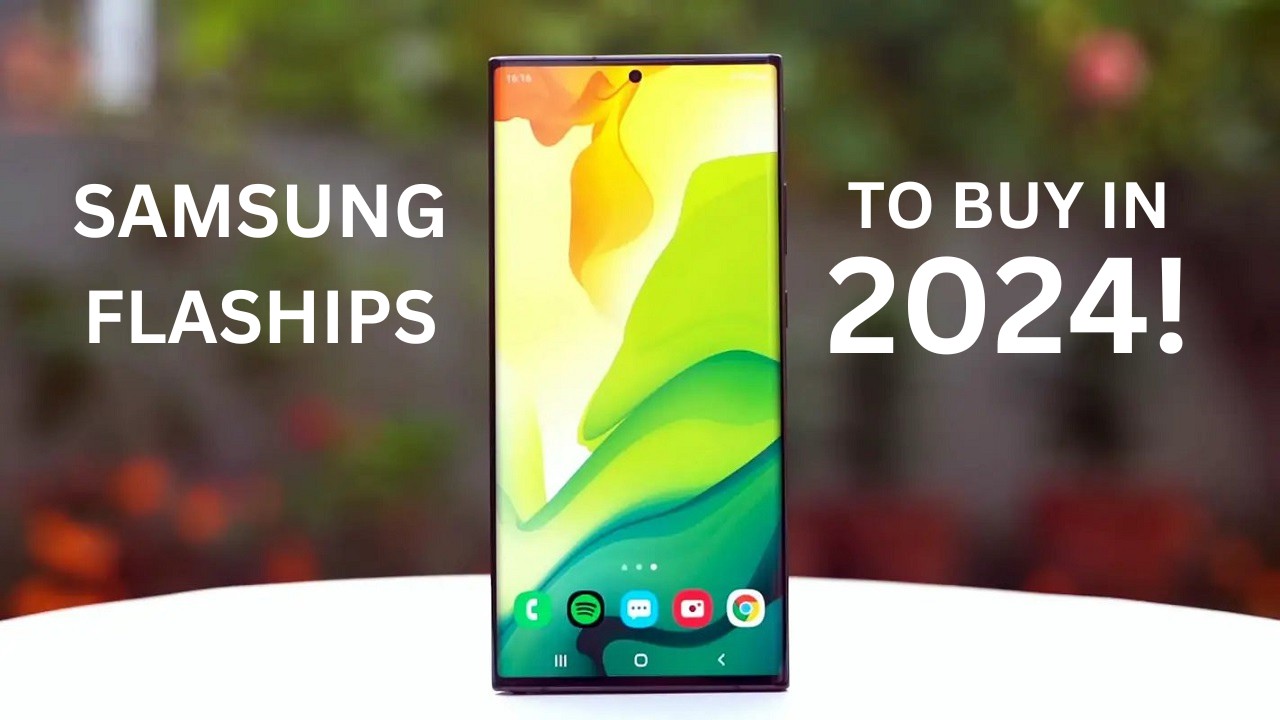
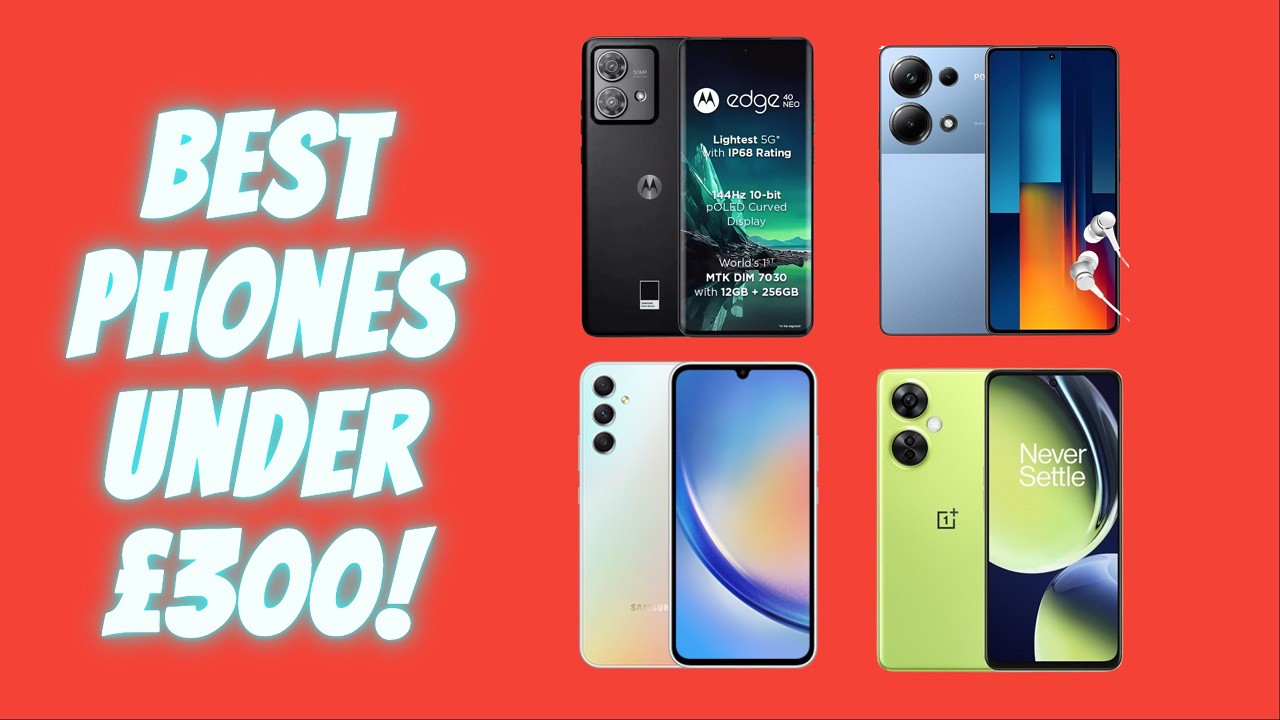

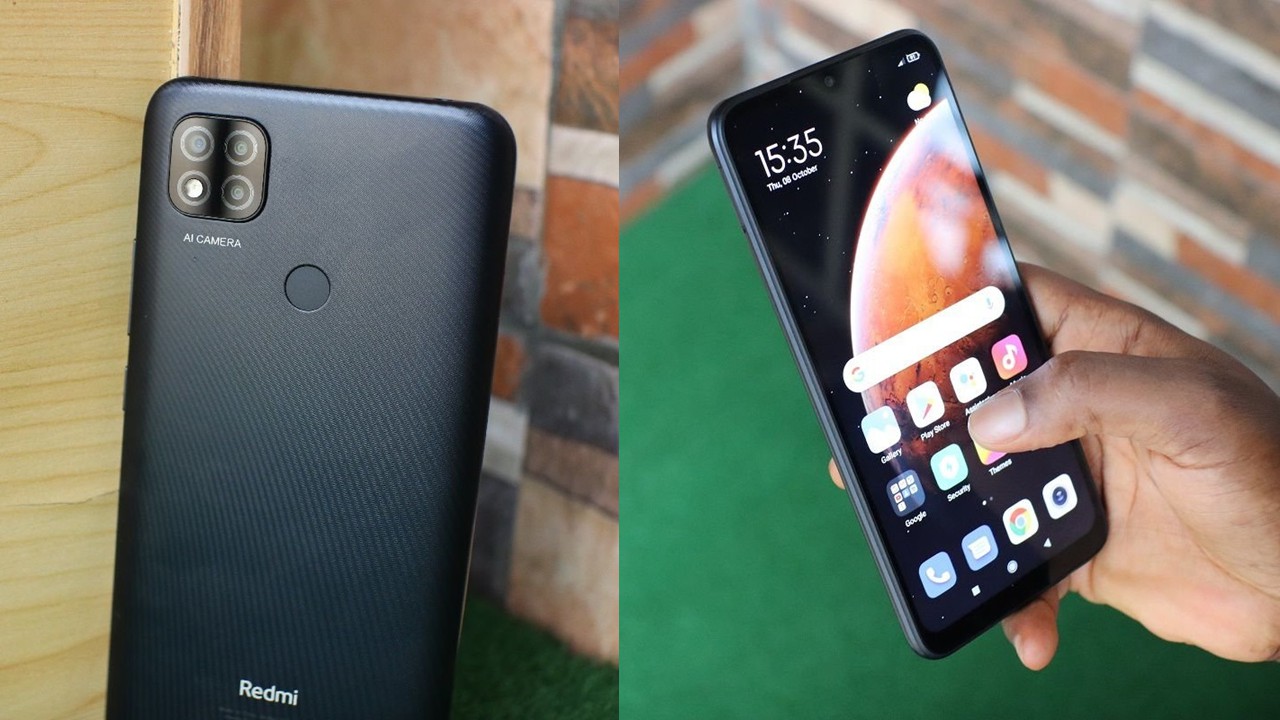
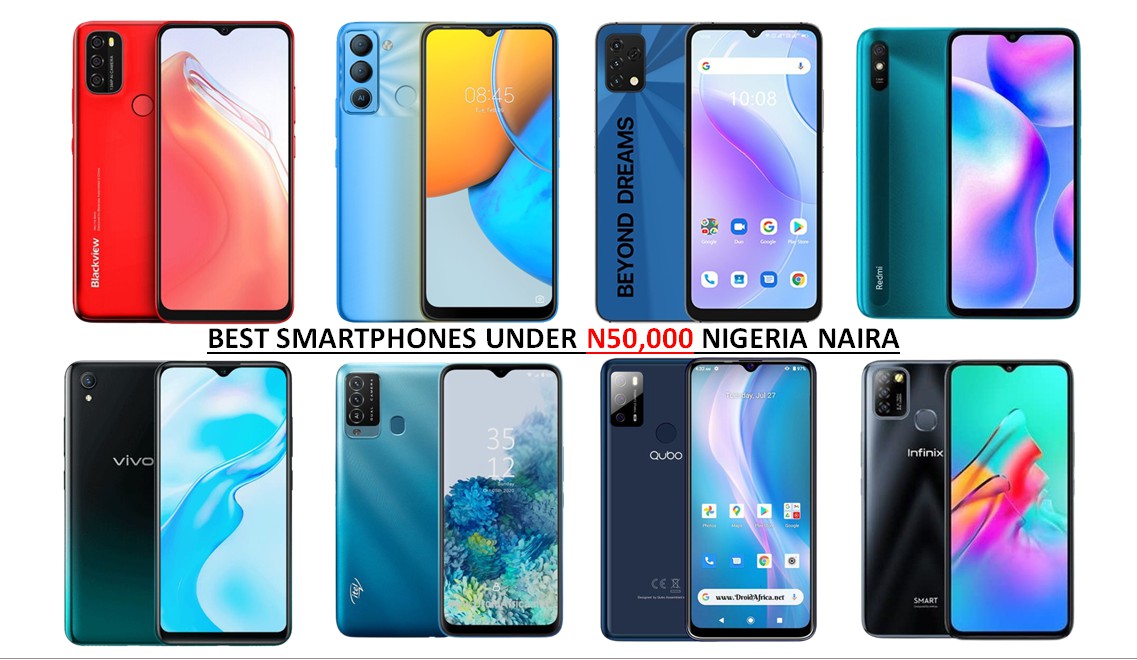
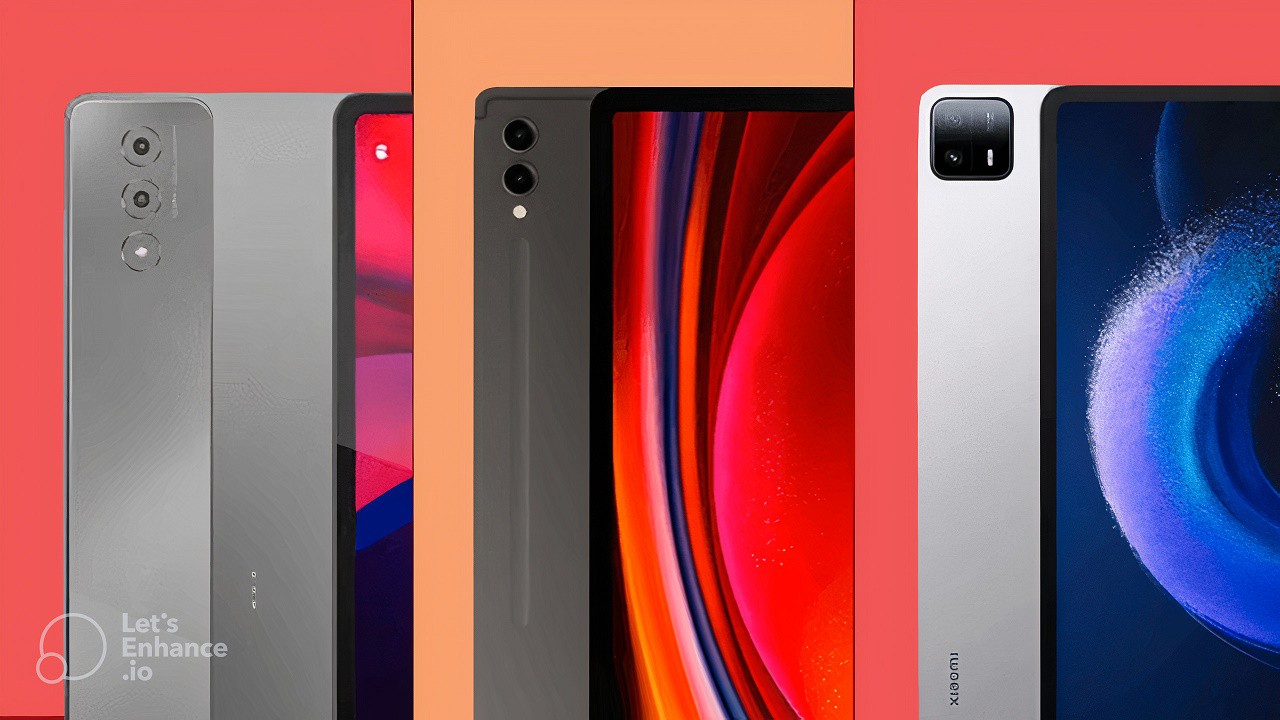
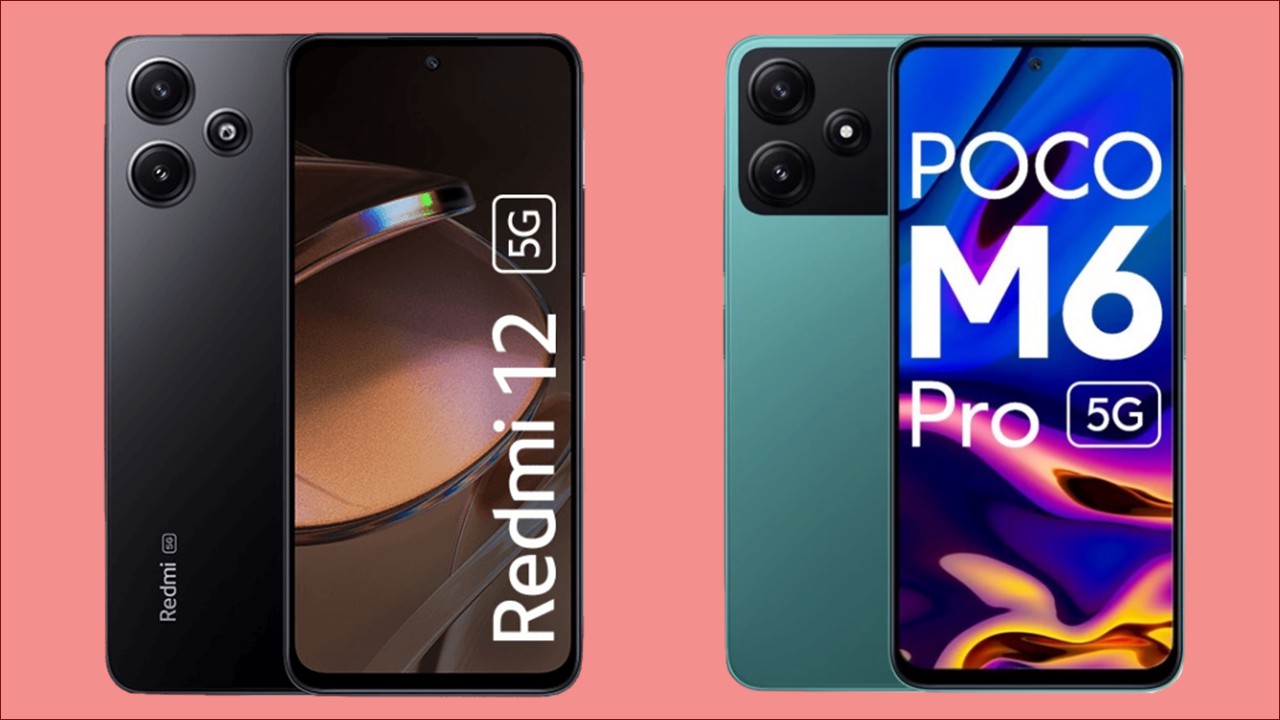
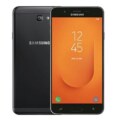
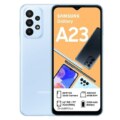
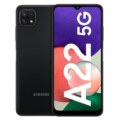
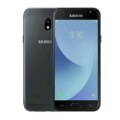
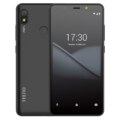
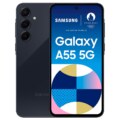
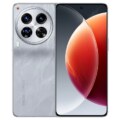

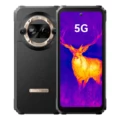
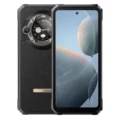
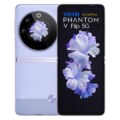
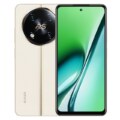

Leave a Reply